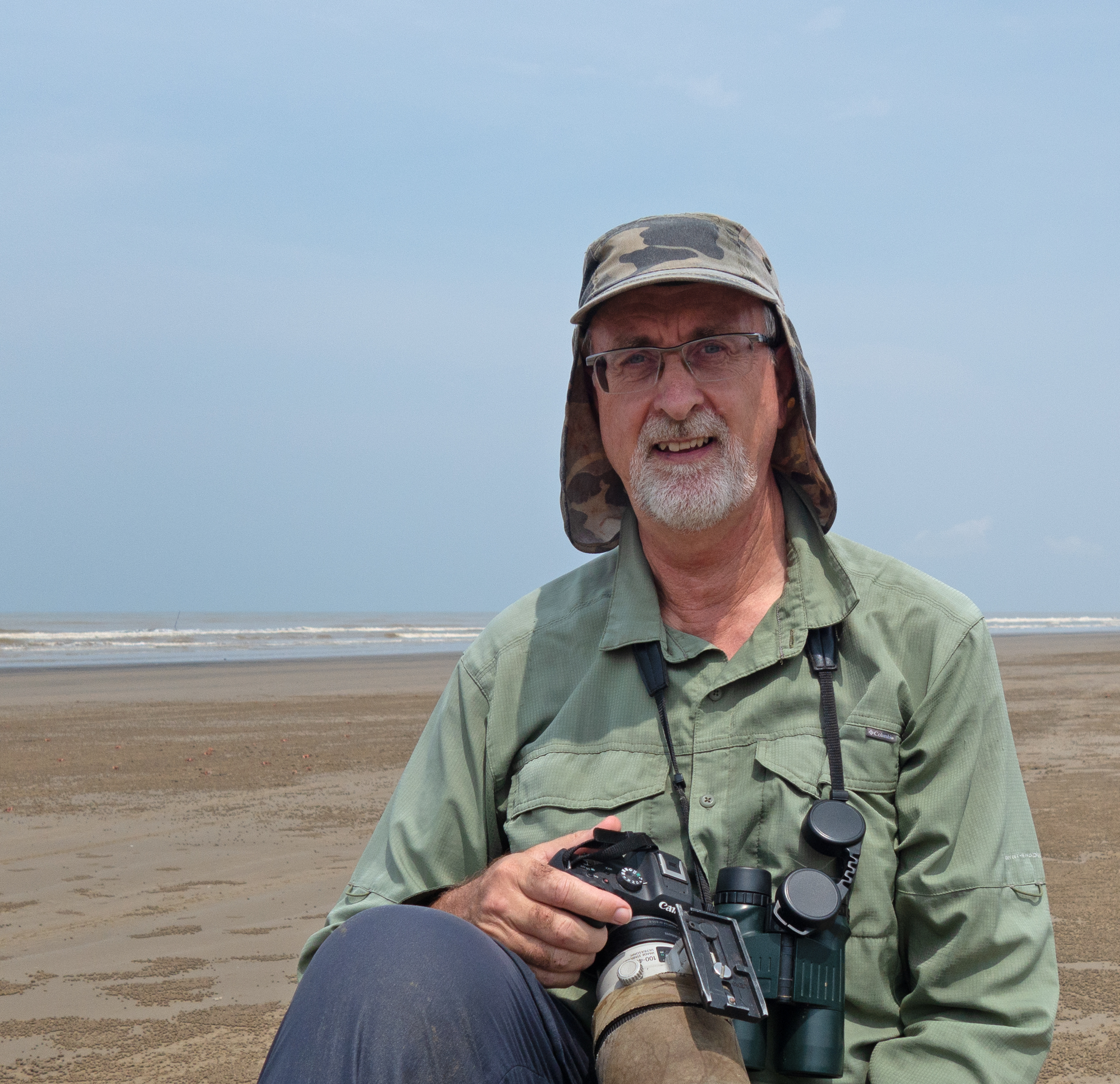Tell us a little bit about yourself and what inspired you to start bird photography?
I've been a "birder" for as long as I can remember. My father was a keen bird photographer, and some of my earliest memories are of him disappearing into a bird hide for hours to photograph birds. Despite this background, I did not really become interested in photographing birds until the beginning of the digital era. Prior to this, cameras were just too heavy to be of much practical use in the field.
My primary interest has always been to observe birds in their natural environments, so it was a natural progression to want to record what I saw, once cameras became practical and affordable enough.
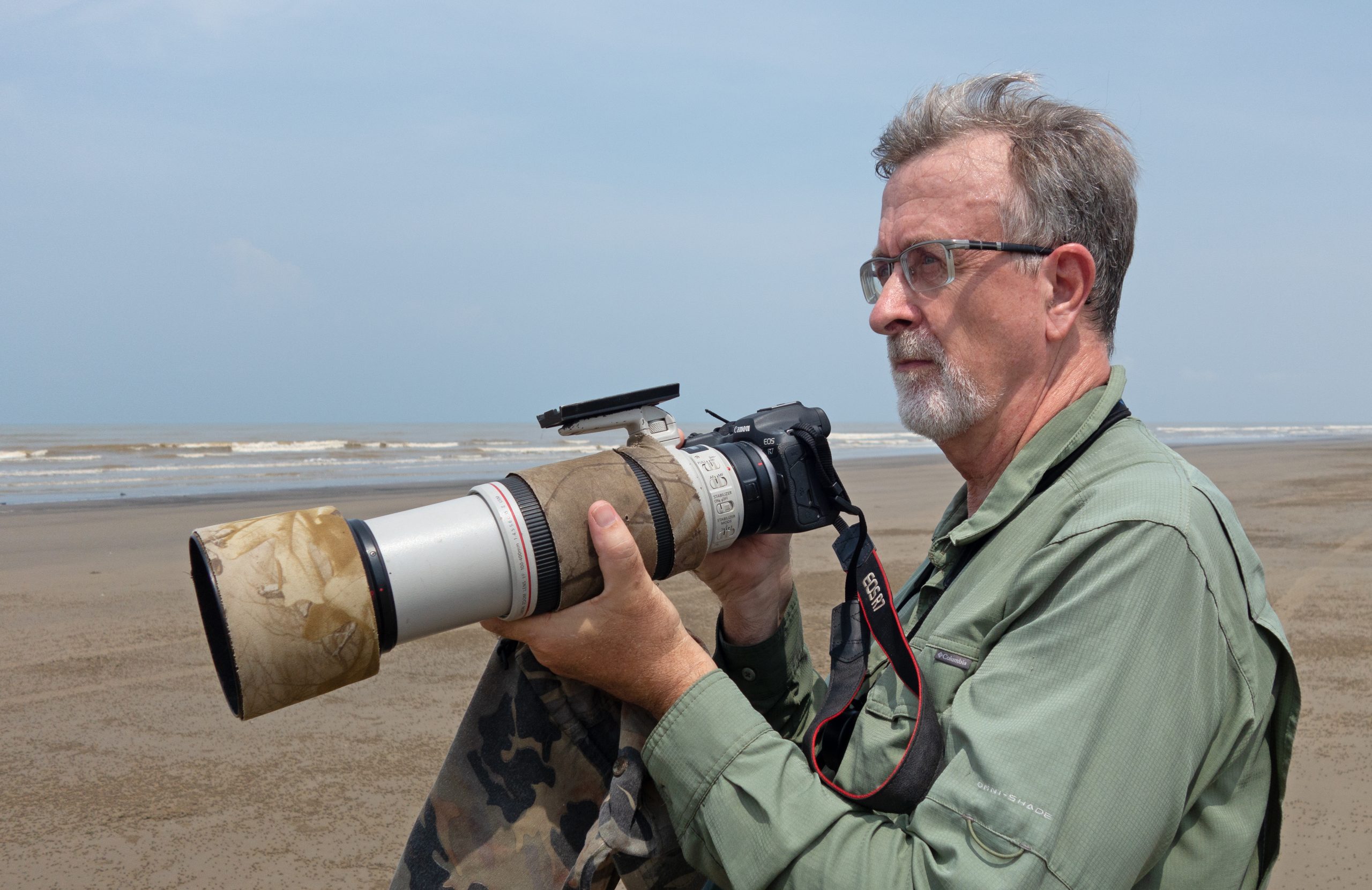
We'd love to hear about your gear and experiences with Canon cameras.
Can you tell us about your camera setup and any specific lenses or accessories you find essential or useful for bird photography? How do these camera features/settings enhance your birding experience?
There are two important considerations for me when it comes to bird photography – affordability and portability. For this reason, I have always opted for zoom over prime lenses. My first Canon camera was the Canon EOS 40D, followed by the Canon EOS 7D, EOS 7D Mark II and the one which I now use, the Canon EOS R7. With those bodies, I have used a Canon EF IS USM 100-400mm f/4.5-5.6 lens, which I replaced with the Canon EF IS II USM 100-400m f/4.0-5.6. I find this setup meets my needs for the vast majority of situations, but very occasionally, I will add a Canon 1.4x EF Extender III Teleconverter when extra reach is needed.
When photographing shorebirds, it's usually necessary to use some kind of concealment to enable a close enough approach to the birds. The one I most commonly use is my car. If I shoot from inside my car, using a simple beanbag support on the open window to keep the camera as steady as possible, birds will allow me to get quite close. The drawback of this is that I am looking down at the birds, which is not the best angle. So my other 'hide' of choice is made up of a piece of linoleum (to lie on and keep me relatively clean), a pillow to support my upper chest, some camo netting and, most important, my "frypod". This is a homemade contraption; an old frying pan with a hole drilled through the centre on which to mount a tripod head. This gives me a low angle, stability and keeps the camera dry and mud/sand-free. Lying prone on the sand or mud, I find that shorebirds soon accept me as part of the scenery and come very close.

Two of the game-changing features of the new Canon mirrorless cameras are:
- Silent shutter mode; which enables me to shoot birds up close without the noise of the mechanical shutter scaring them, and
- Eye-tracking mode; when birds are really close, and fast moving, without eye-tracking, the camera tends to focus on the nearest part of the bird, which might be the shoulder or the wing, thus leaving the all-important eye slightly out of focus. With eye-tracking, I never have to worry about this – the camera automatically locks on to the bird's eye, with the result that I get many more "keeper" shots.
In terms of camera settings, I tend to 'set and forget' most things. I use back-button focus, and on my Canon EOS R7, I have the ISO set to "auto", the AF on AI Servo, and try to keep the shutter speed as near as I can to 1/2000. I find this necessary to freeze the rapid head movements of feeding shorebirds, and also for flight shots. For a comprehensive setup guide I would recommend several online tutorials on YouTube, such as this one: https://www.youtube.com/watch?v=tJ63xa-Ek24
Could you share your most memorable bird photography experience? What bird species did you capture, why was it special to you and how did your Canon camera help to capture the moment?
There have been so many! However, one which springs to mind was a Chinese Egret which I saw foraging in a shallow pool left by the retreating tide. Chinese Egrets are globally vulnerable to extinction, with as few as 2,600 remaining worldwide. Sarawak is one of their strongholds in the non-breeding season. This bird was so engrossed in the hunt that it allowed me to cautiously approach it, using another homemade contraption – a trolley which I lie on and then propel myself forward using my feet.
Once in position, I was able to capture a series of shots documenting the egret's successful hunt and capture of a needlefish. Chinese Egrets are very agile and perform kungfu-like moves when in pursuit of prey. I was very happy to be able to capture this using my Canon EOS 7D Mark II and EF IS II USM 100-400m lens handheld. Having equipment which is manoeuvrable and fast is essential to capture these kinds of fast action shots.
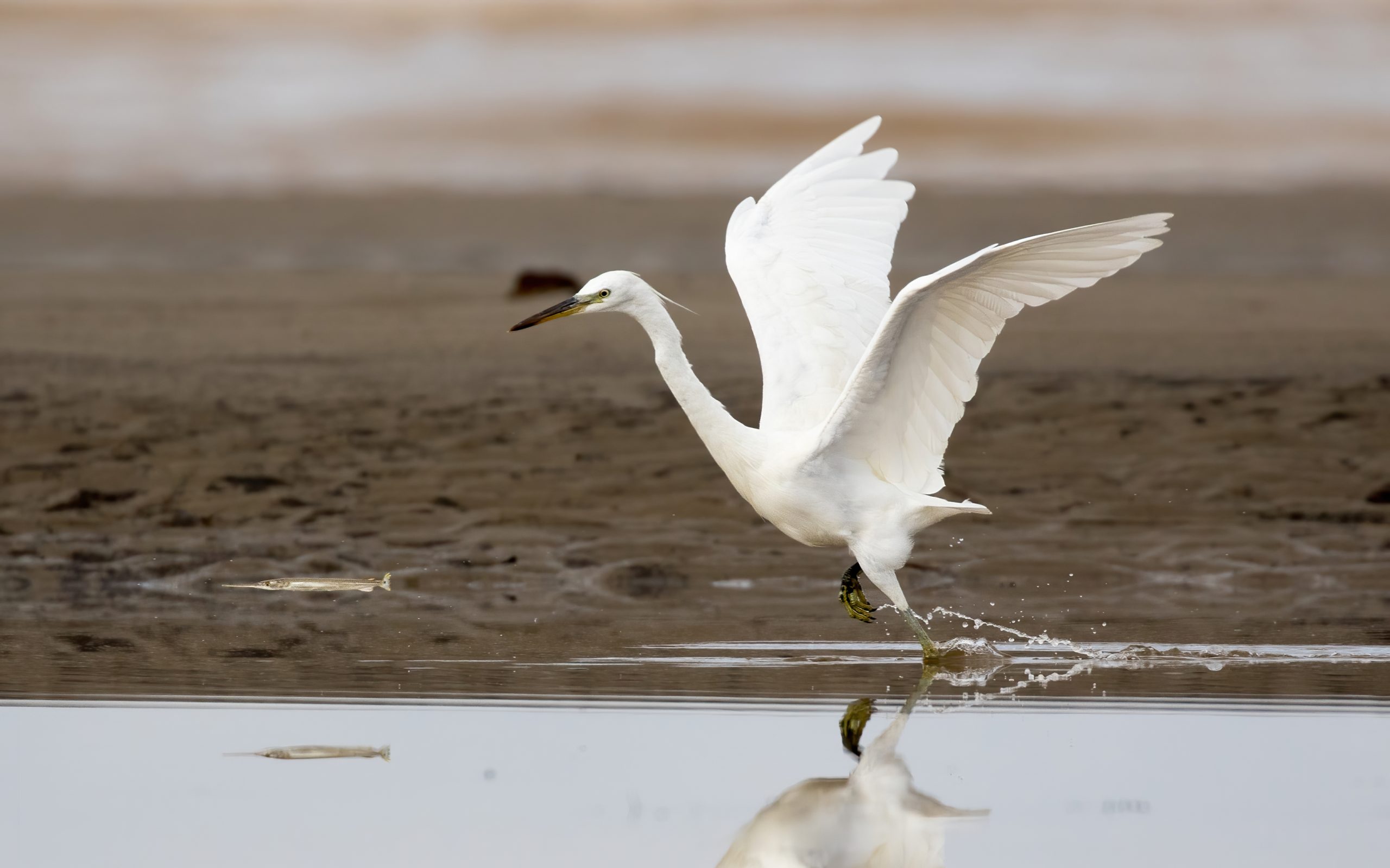
Chinese Egret Canon EOS 7D Mark II • EF100-400mm f/4.5-5.6L IS II USM • f/5.6, 1/2000 sec
In what ways do you believe bird photography can contribute to broader conversation and awareness on bird conservation and the importance of protecting shorebird habitats?
I have been birding in Malaysia since the 1980s. One significant thing I have noticed over the past few decades has been the huge increase in the number of people enjoying birds as a hobby, and in my opinion, this has been largely driven by the increasing popularity of bird photography. When people see gorgeous photos of birds on social media, they think, "Wow – I never realized there were such beautiful birds here in Malaysia. I want to see and photograph them too!" This increasing awareness of the richness of our bird diversity inspires more people to take an interest, which in turn spurs greater awareness of the threats they now face, and a desire to conserve and protect the birds and their natural environments.
One initiative I have been involved with over several years is the Shorebirds Peninsular Malaysia Project, which from the outset has used bird photography as a powerful tool to draw attention to the need to conserve shorebird habitats. This has resulted in significant local community engagement, as well as regular income through boatmen taking bird photographers out to see and photograph the waterbirds of the mainland Penang coastline. Now, we are happy to be collaborating with Canon Malaysia in both community-awareness, conservation action and a new website, Shorebirds Malaysia, which, predominantly through the use of photographs, further advances our knowledge and appreciation of shorebirds and the need to conserve them and their habitats.
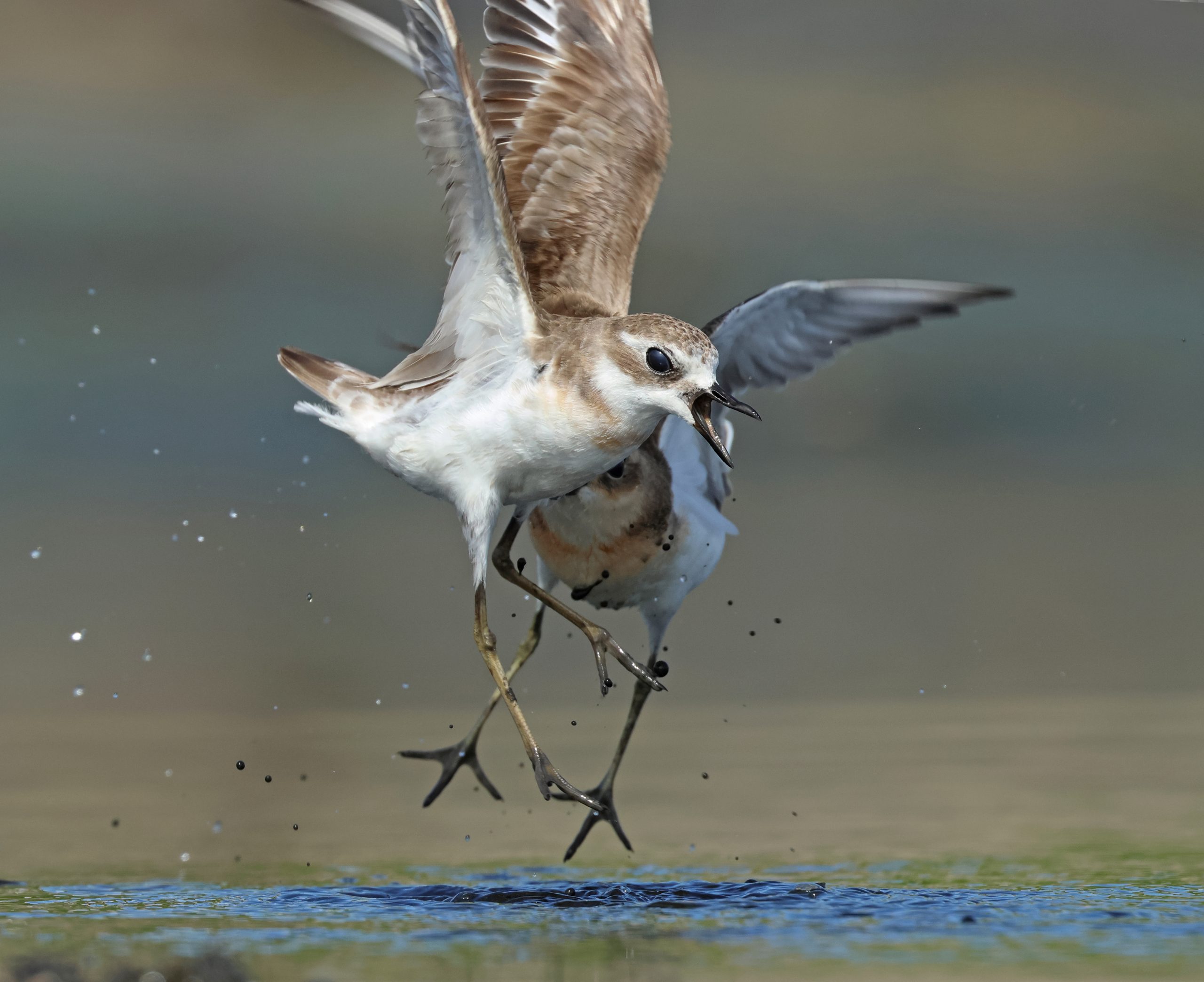
Tibetan Sand Plover
Canon EOS R7 • EF100-400mm f/4.5-5.6L IS II USM • f/6.3, 1/2000 sec
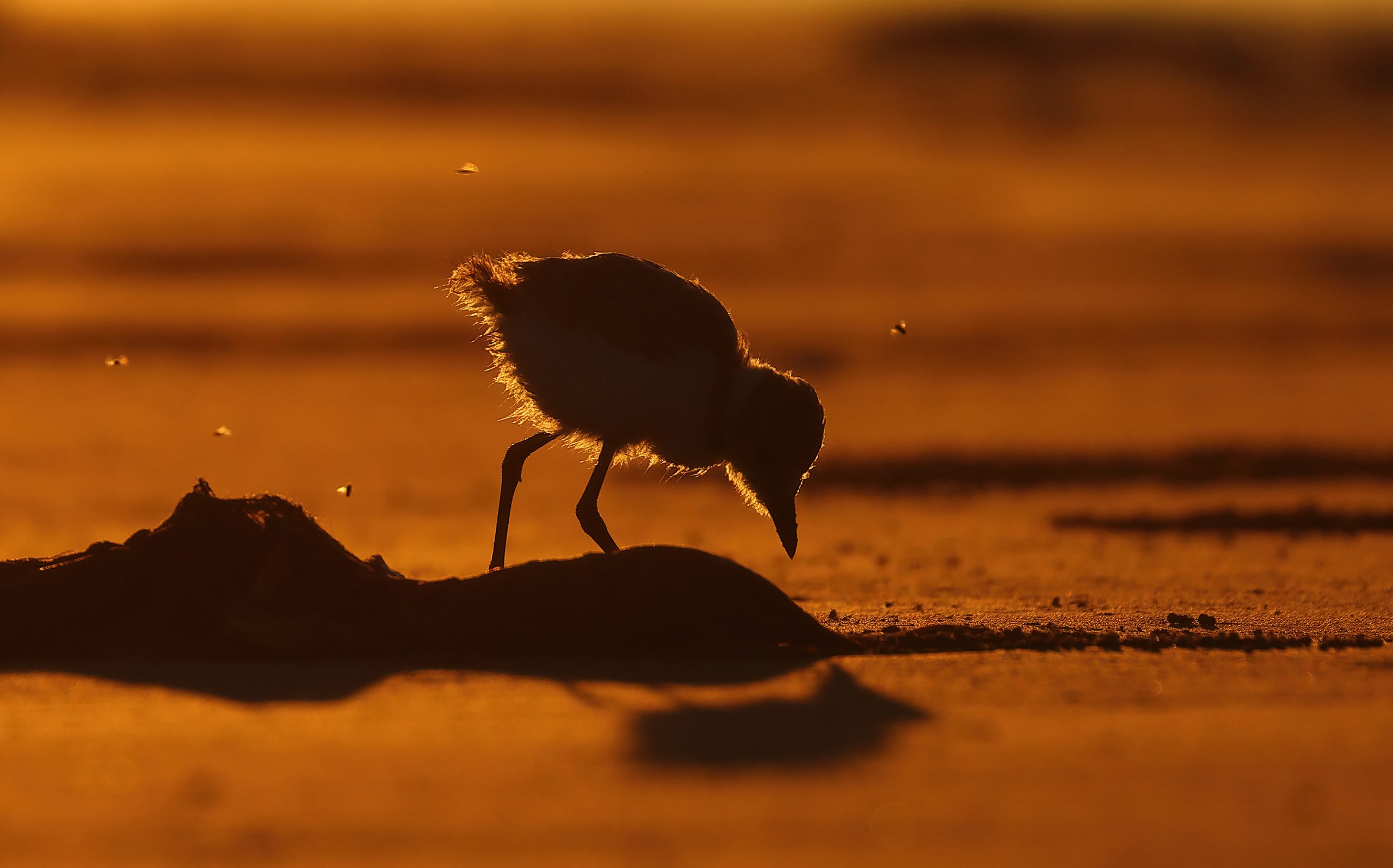
Malaysian Plover
Canon EOS R7 • EF100-400mm f/4.5-5.6L IS II USM • f/5.6, 1/1250 sec
For those aspiring bird photographers out there, what advice would you give them when starting their journey? And what are your top tips for capturing stunning bird photographs, especially when it comes to shorebirds?
My advice for aspiring bird photographers just starting out is – find your own 'local patch' and develop an interest in documenting what you discover there. To me, this is far more satisfying than chasing after the birds which everyone else is chasing and will result in you learning much more than you would by following the crowd. When you regularly visit one area, you get to understand how birds use it during different seasons, and even at different times of day.
Near where I live there is a stretch of beach. There are seldom more than a handful of birds there, but by getting to know the area well, how the birds use it, as well as the lighting conditions at different times of day, I have been able to take some very satisfying photos, as well as learn a lot about the birds and other wildlife which use the area.
As far as shorebirds are concerned, I would say there are four tips I would want to pass on.
Safety.
When in intertidal areas, always be aware of the tide (download a free tide app for your area). Beware of getting stuck in soft substrates (e.g. mud). Be aware of sun and heat – always cover up well and take plenty of fluid – more than you think you need. Also, get to know other potential threats, such as feral dogs, and (in my area) crocodiles!
Light.
Whenever possible, avoid harsh overhead light, so early morning and late afternoon are preferable to the middle of the day. Additionally, when the temperature is cooler, the heat haze bouncing off the sand and mud will reduce, enhancing the quality of your photos. As a default, I try to have the sun rising or setting behind me whenever possible. However, some of my best shots have been taken shooting into the light, so if these conditions are unavoidable, don't despair.
Go low!
When shooting birds which are on the ground, getting as close as possible to their eye level makes all the difference. Firstly, it enables you to isolate the bird using a shallow depth of focus against a lovely soft 'bokeh', and secondly, shooting at the same level as the bird creates intimacy with the subject which is hard to achieve when shooting from above. To do this requires skill, patience and luck! I spend some time observing where birds are feeding. Once I think I have worked out their favourite spot, I will move in as quickly and quietly as possible, ensuring that the light is behind me, and get as low as possible. This normally results in the birds flying off some distance, but they usually return provided I am still and patient. When they first come back I avoid any movement and resist taking shots right away, because they are on high alert. Eventually, they relax and then is the time when I begin to cautiously take photos. The longer I am there, the more relaxed they become, and on occasion they come too close to fit in the frame, which is another reason I like to have the flexibility of a zoom lens.
Use your photos to build your skill.
I spend as long processing and studying my photos as I do in the field. By studying the birds I have photographed and comparing them with others on the internet, I build up a clearer understanding of how to identify them, how to age them, how to understand their moult, etc. So photographing birds is also a great learning tool.
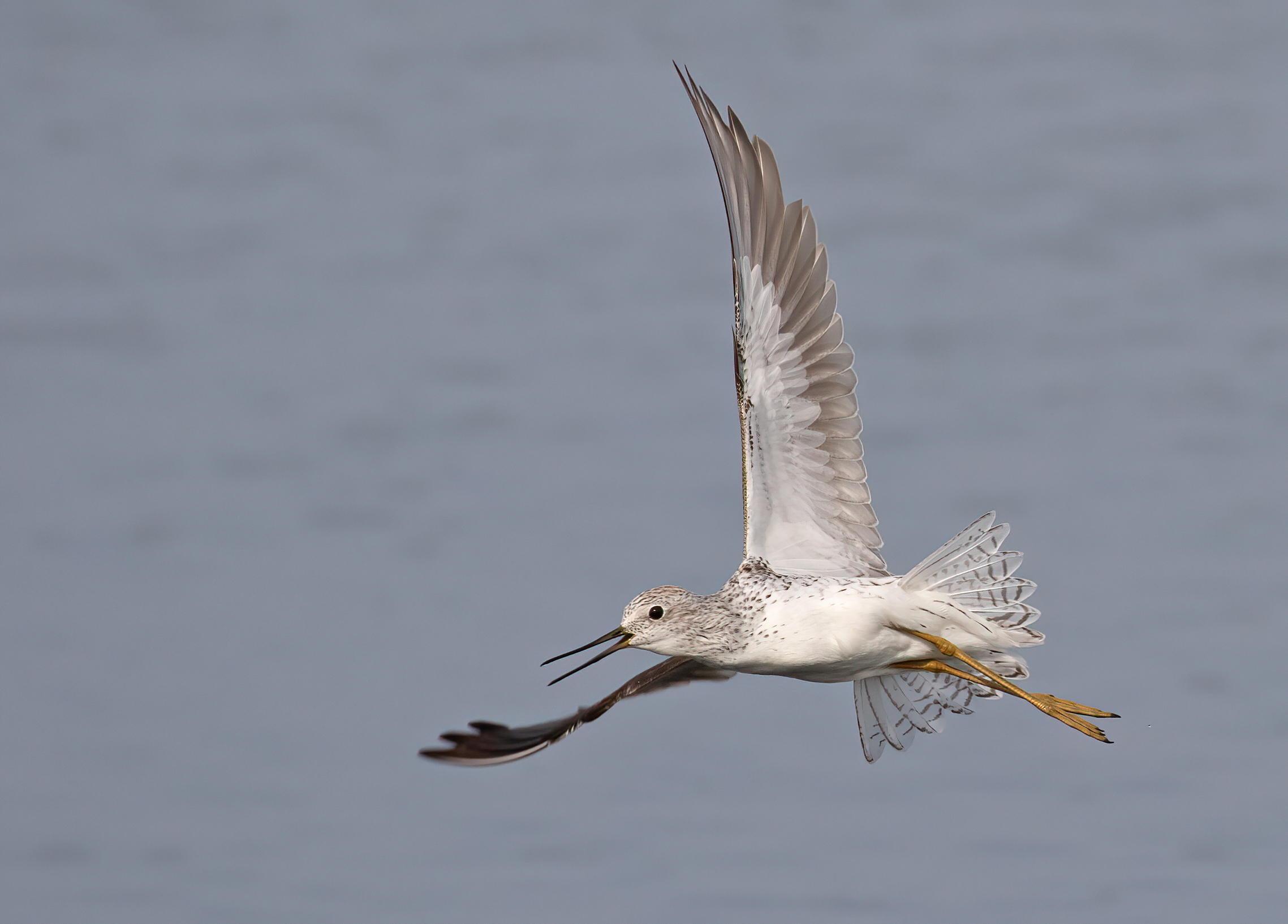
Marsh Sandpiper
Canon EOS 7D Mark II • EF100-400mm f/4.5-5.6L IS II USM • f/7.1, 1/3200 sec
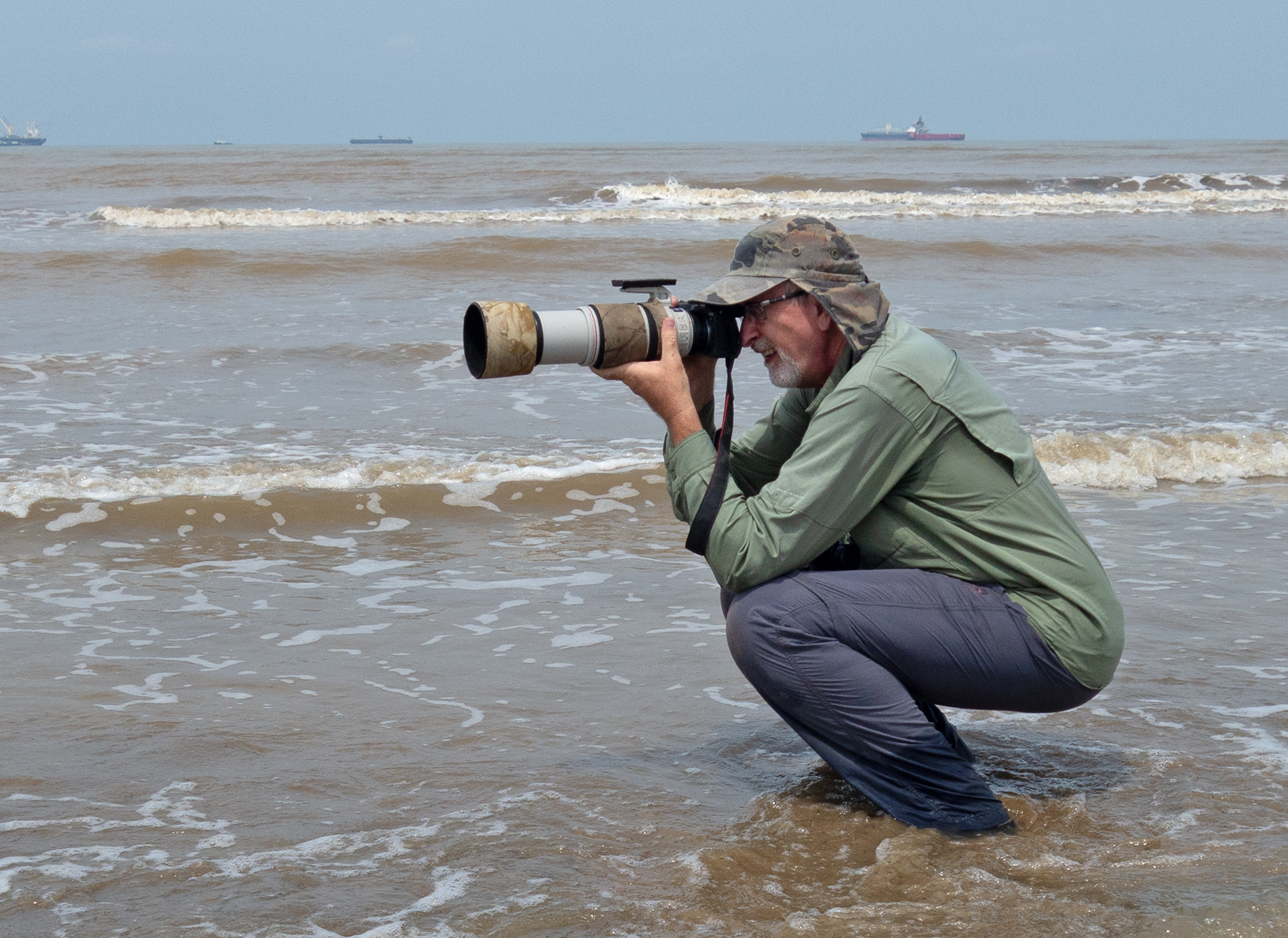
More Shutter Stories
More content coming soon!

